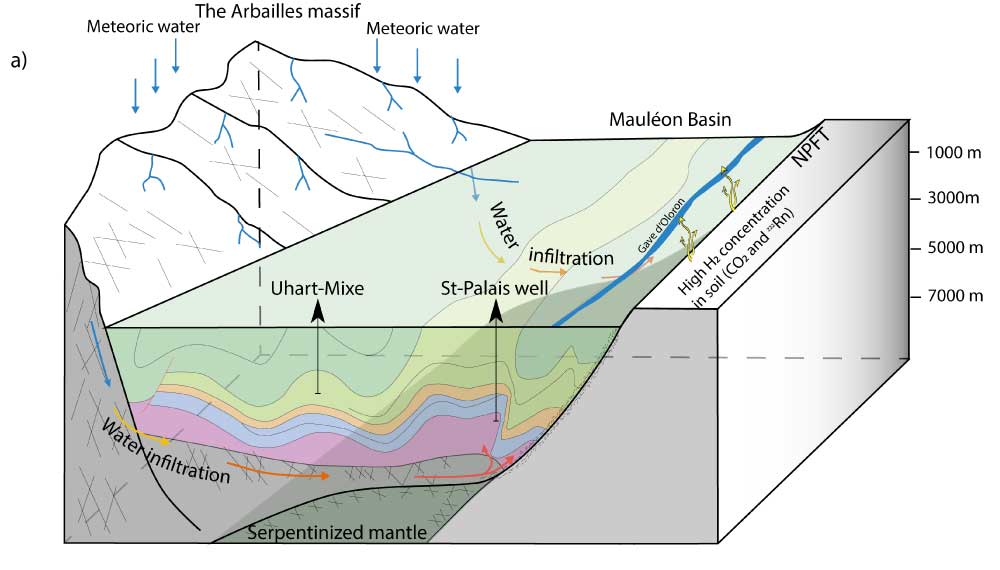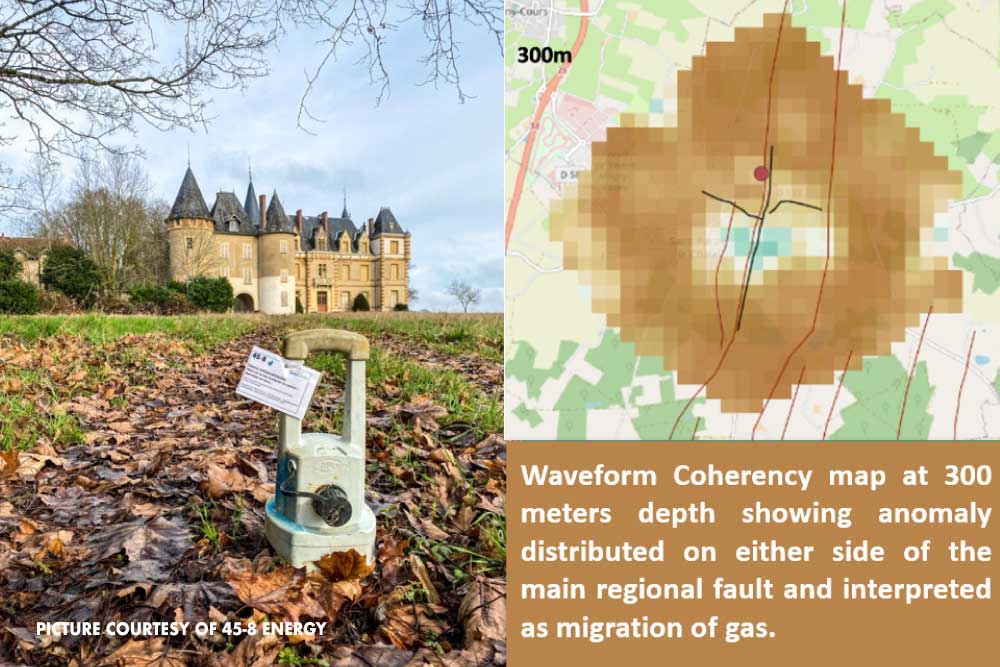|
Natural Hydrogen
Exploration
|
Natural Hydrogen also named “White Hydrogen” is a renewable Carbon-free source of Energy. Natural Hydrogen is cheaper than manufactured hydrogen and does not emit CO2.
|
Main Issue
that we solve
|
Today the White Hydrogen systems are still unknown, and its economic value prevents the exploration of the resource deeper than 1,000m.
Finding the resources, requires the today’s hydrogen pioneers to look for the natural occurrences at the surface.
Since the Hydrogen system looks to be much more dynamic than hydrocarbon system, due to several factors (chemistry, origin, source rocks, time scale, volume at stakes).
To explore deeper Native Hydrogen prospect, a good understanding of the pathways linking surface gas occurrences and deeper dynamic accumulation is a must…
|
How the CCW technology
can spot Natural Hydrogen?
|
TWO SOLUTIONS IN ONE: Highly sensitive to rocks saturation changes, our monitoring solution allow us to DIAGNOSE Natural fluid circulation pathways, as well as to Image the Subsurface using conventional Ambient Noise Tomographic techniques.
PASSIVE SEISMIC: Enabling a cost-effective deployment over an exploration permit area, our solution does not require seismic sources and does not require dense seismic arrays.
|
Why choose FlowTerra™
for Natural Hydrogen Exploration ?
|
ENVIRONMENTALLY FRIENDLY
- No need for dense seismic arrays
- No need for seismic sources,
- No disturbance on local communities’ activities
IMAGING OF HYDROGEN PATHWAYS
Due to a higher sensitivity to fluid movement than any other methods, CCW enables to spot hydrogen pathways thanks to rapid changes of gas flux.
DELIVER SUBSURFACE VELOCITY MODEL AS A BY- PRODUCT
High-end seismic imaging can also be derived from seismic ambient noise tomographic techniques.
A FULL POTENTIAL NOT YET REVEALED
- Application of CCW to the Natural Exploration is just at its beginning
- It is a new exploration tool that has not yet revealed all its potential

From Lefeuvre, N., et al. [2021]. Native H2 exploration in the western Pyrenean foothills, AGU, 22, 8

|
Use Case
|
Geolinks conducted successfully its first large scale Exploration field test in 2022 over one Helium exploration permit in Europe.
It demonstrated that the technique initially developed to track large CO2 natural gas movement in the crust, can be also used for shallower targets, as an exploration tool for natural gas seeps.
Agoranov, 96 Bis Boulevard Raspail, Paris 75006—FRANCE
Follow us
